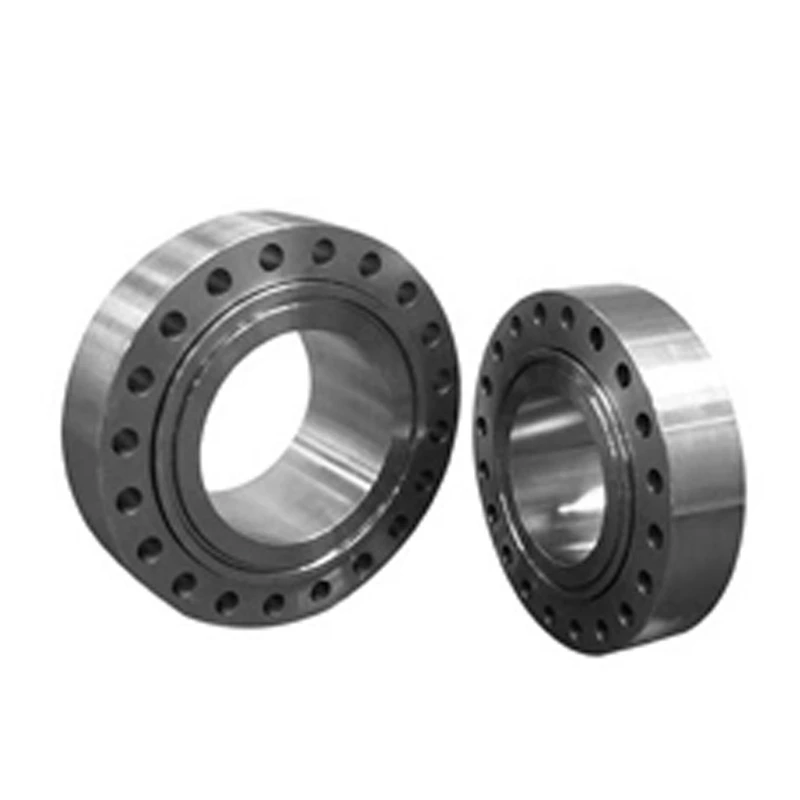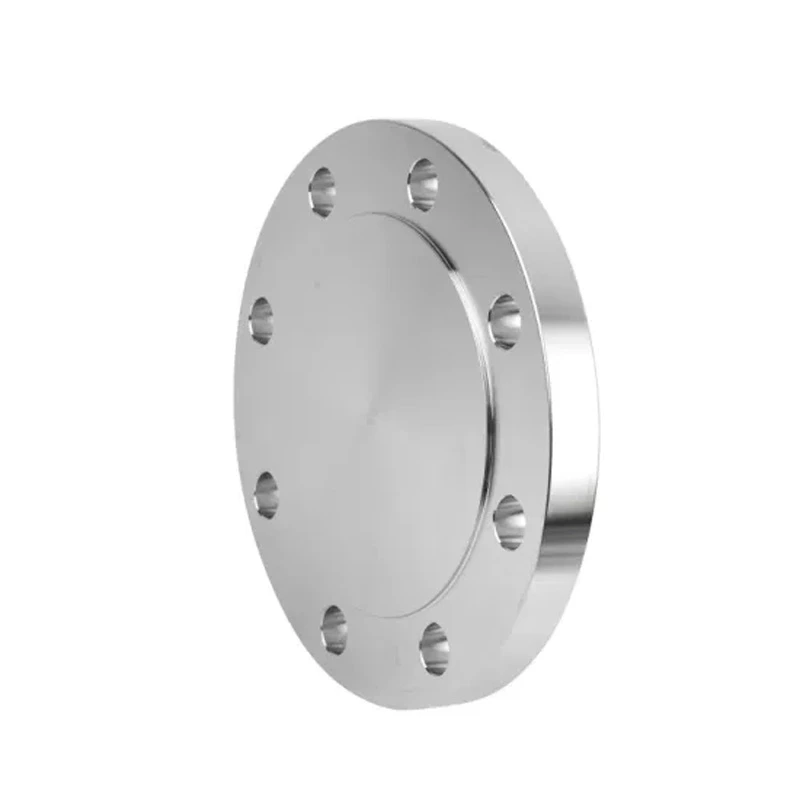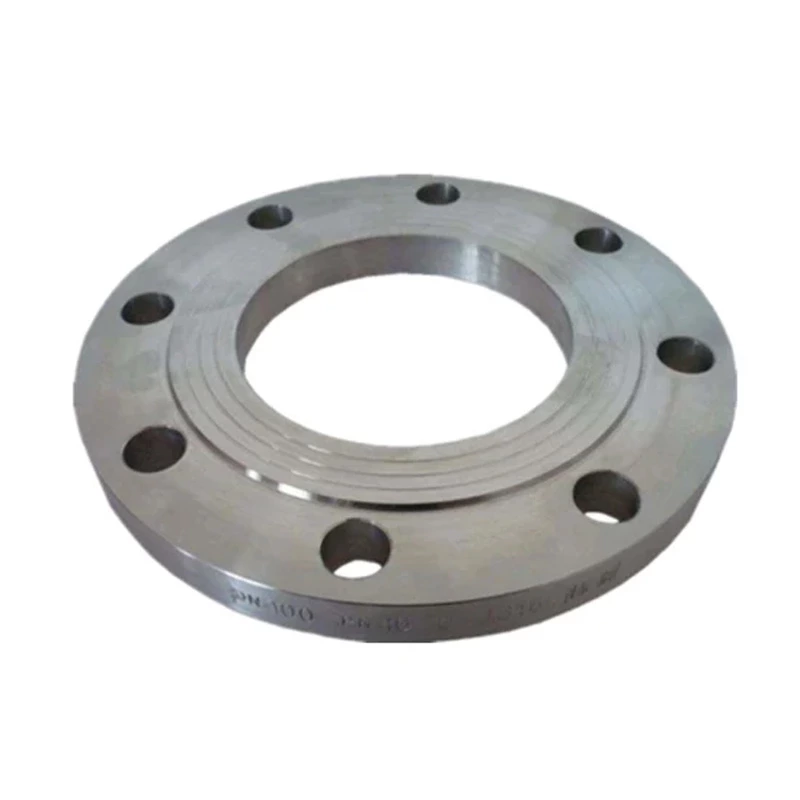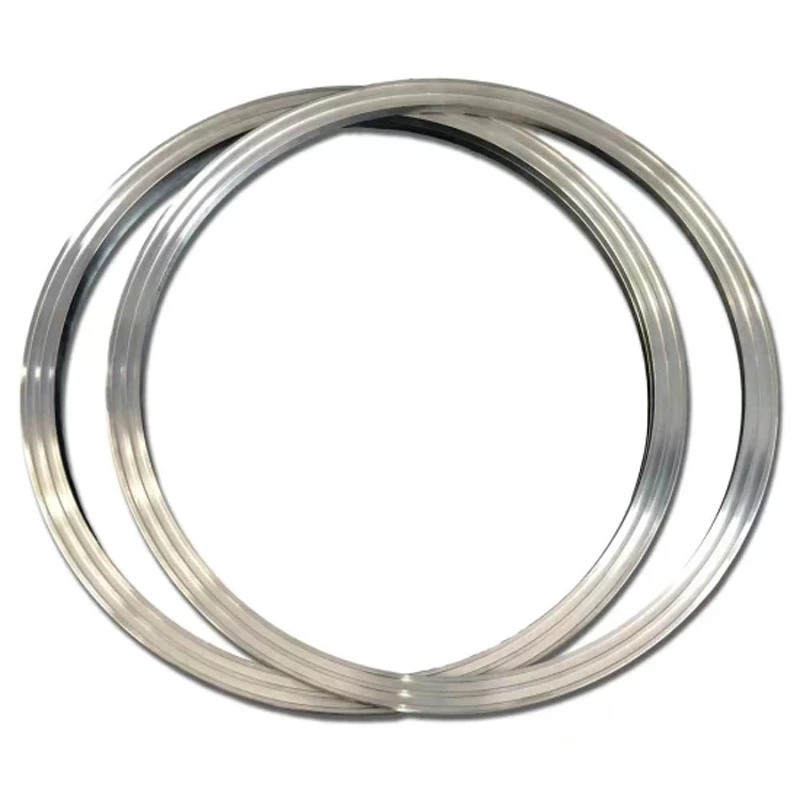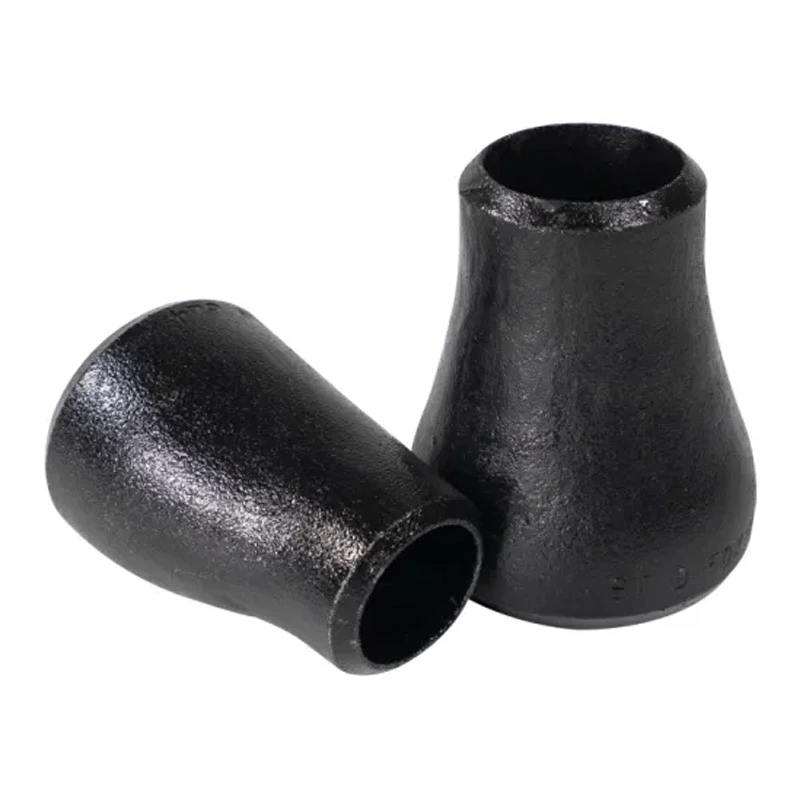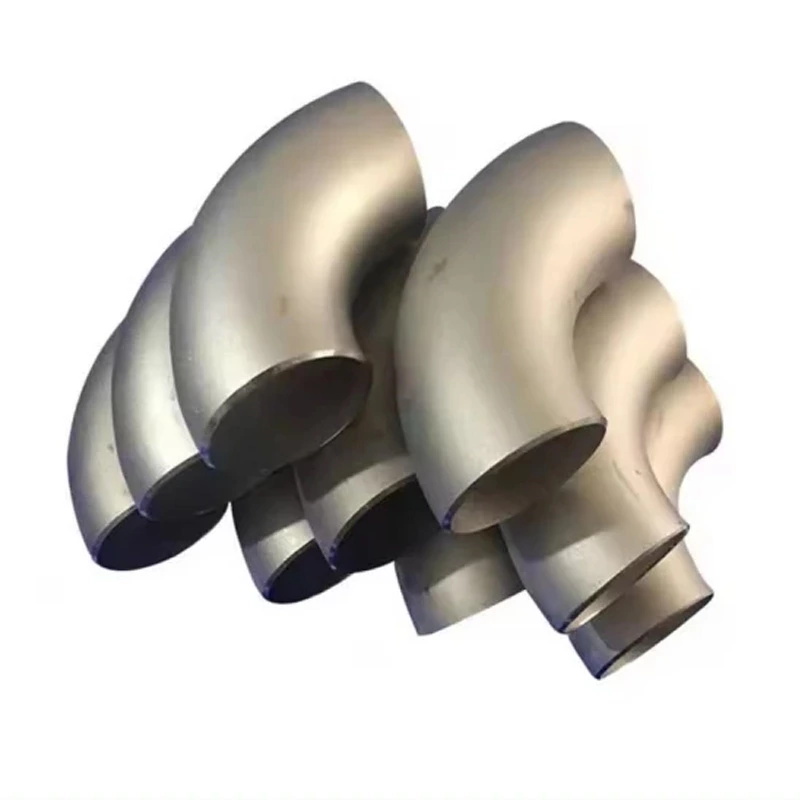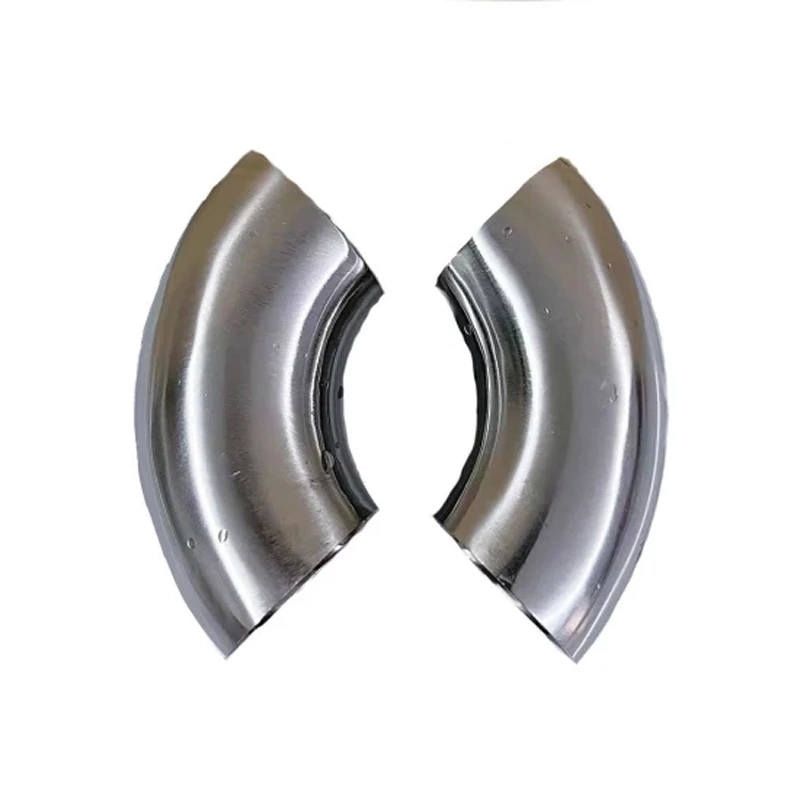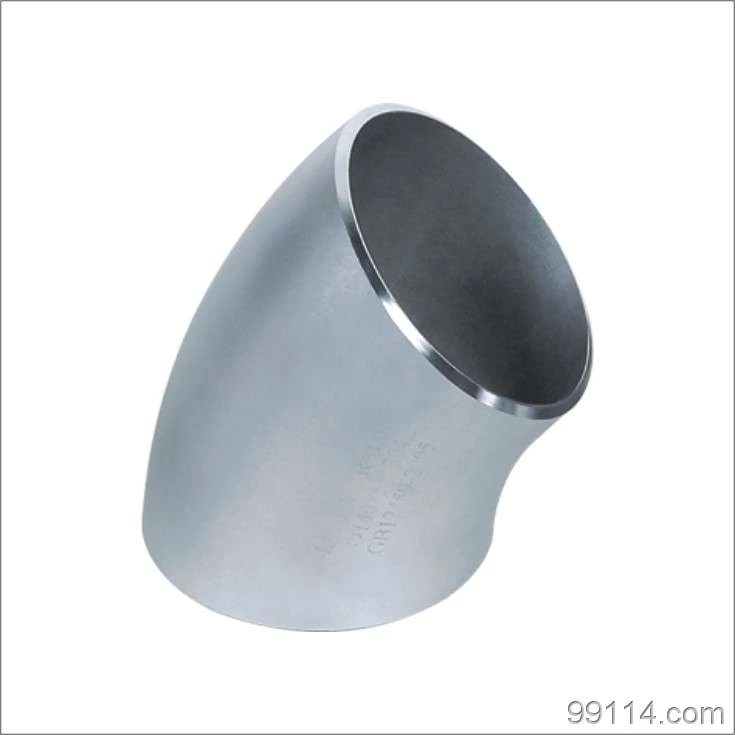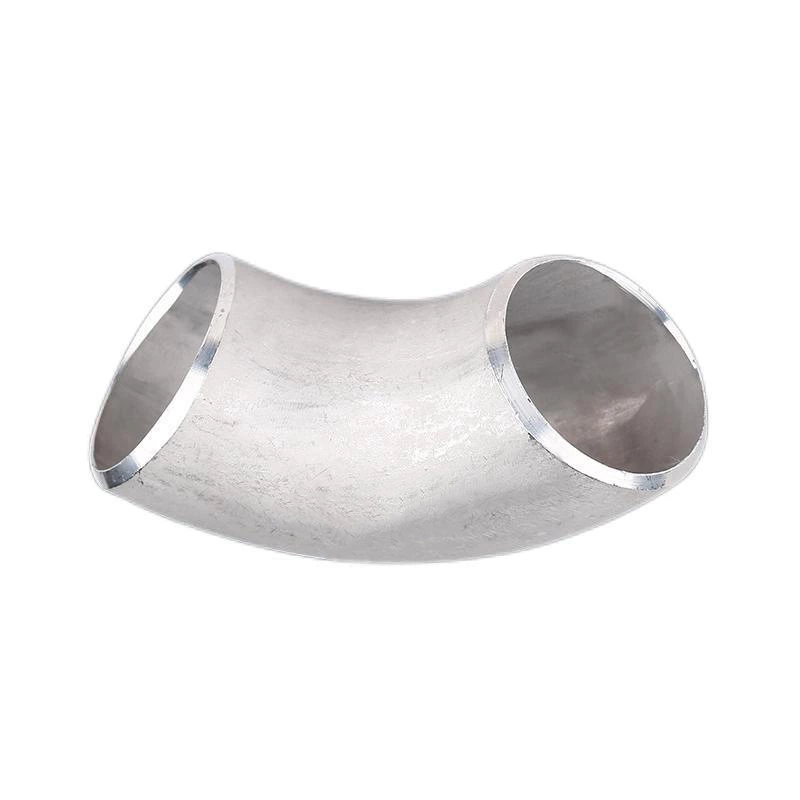Why Flanges Need Heat Treatment
Stainless Steel Flange Heat treatment usually does not change the shape and overall chemical composition of the workpiece, but by changing the internal microstructure of the workpiece or changing the chemical composition of the workpiece surface, thereby imparting or improving the performance of the workpiece, which is characterized by improving the internal quality of the workpiece, which is usually invisible to the naked eye.
The role of heat treatment is to improve the mechanical properties of the material, eliminate residual stress and improve the machinability of the metal. According to the different purposes of heat treatment, heat treatment processes can be divided into two categories: preliminary heat treatment and final heat treatment.
1. Preparatory heat treatment
The purpose of preliminary heat treatment is to improve the processing performance, eliminate internal stress and prepare a good metallurgical structure for final heat treatment. Heat treatment processes include annealing, normalizing, aging, quenching and tempering.
Annealing and normalizing are used for hot processing of blanks. For carbon steel and alloy steel with a carbon content greater than 0.5%, annealing is usually used to reduce its hardness and make it easier to cut; for carbon steel and alloy steel with a carbon content less than 0.5%, normalizing is used to prevent blade adhesion during low-hardness cutting. Annealing and normalizing are usually arranged after blank manufacturing and before rough machining. It can refine the grain and uniform structure and prepare for future heat treatment.
Aging treatment is mainly used to eliminate internal stress caused by rough machining and machining. In order to avoid excessive transportation workload, aging treatment can be arranged before precision machining of parts with general accuracy. However, two or more aging treatments should be arranged for parts. Simple parts are generally not aged.
In addition to castings, for some rigid precision parts (such as precision screws), in order to eliminate the internal stress generated during machining and stabilize the machining accuracy of parts, some shaft parts are also processed, and aging treatment after straightening is also required.
Quenching and tempering is a high-temperature tempering treatment after quenching. A uniform and fine tempered troostite structure can be obtained, which can prepare for reducing deformation during surface quenching and nitriding. Therefore, quenching and tempering can also be used as a preliminary heat treatment. Since the parts have better comprehensive mechanical properties after quenching and tempering, some parts with low requirements for hardness and wear resistance can also be used as final heat treatment processes.
2. Final heat treatment
The final purpose of heat treatment is to improve mechanical properties such as hardness, wear resistance and strength.
Quenching has surface quenching and overall quenching. Surface quenching is widely used because of its small deformation, oxidation and decarburization. In addition, surface quenching also has the advantages of high external strength, good wear resistance, good internal toughness and strong impact resistance. In order to improve the mechanical properties of surface quenched parts, heat treatments such as quenching and tempering or normalizing are usually required as preparatory heat treatments.
Carburizing quenching is suitable for low carbon steel and low alloy steel. Increase the carbon content on the surface of the parts. After quenching, the surface layer obtains a higher hardness, while the heart still maintains a certain strength, toughness and plasticity. Carburizing is divided into carburizing and partial carburizing. When partial carburizing is performed, the carburized parts should be impermeable. Due to the large deformation of carburizing and quenching, the carburizing depth is generally between 0.5 and 2mm, and the carburizing process is usually arranged between semi-finishing and finishing.
When the carburized part of the carburized part is used to increase the allowance, the removal process of the carburized layer should be removed. The process of removing the excess carburized layer should be arranged after carburizing and before quenching.
Nitriding is a method of infiltrating nitrogen atoms into the metal surface to obtain a layer of nitrogen compounds. The nitriding layer can improve the hardness, wear resistance, fatigue strength and corrosion resistance of the parts. In order to reduce the deformation during the nitriding process, high-temperature tempering is usually required to eliminate the stress after cutting. Due to the low temperature of the nitriding treatment, small deformation and thin nitriding layer, the nitriding process should be arranged as much as possible.
